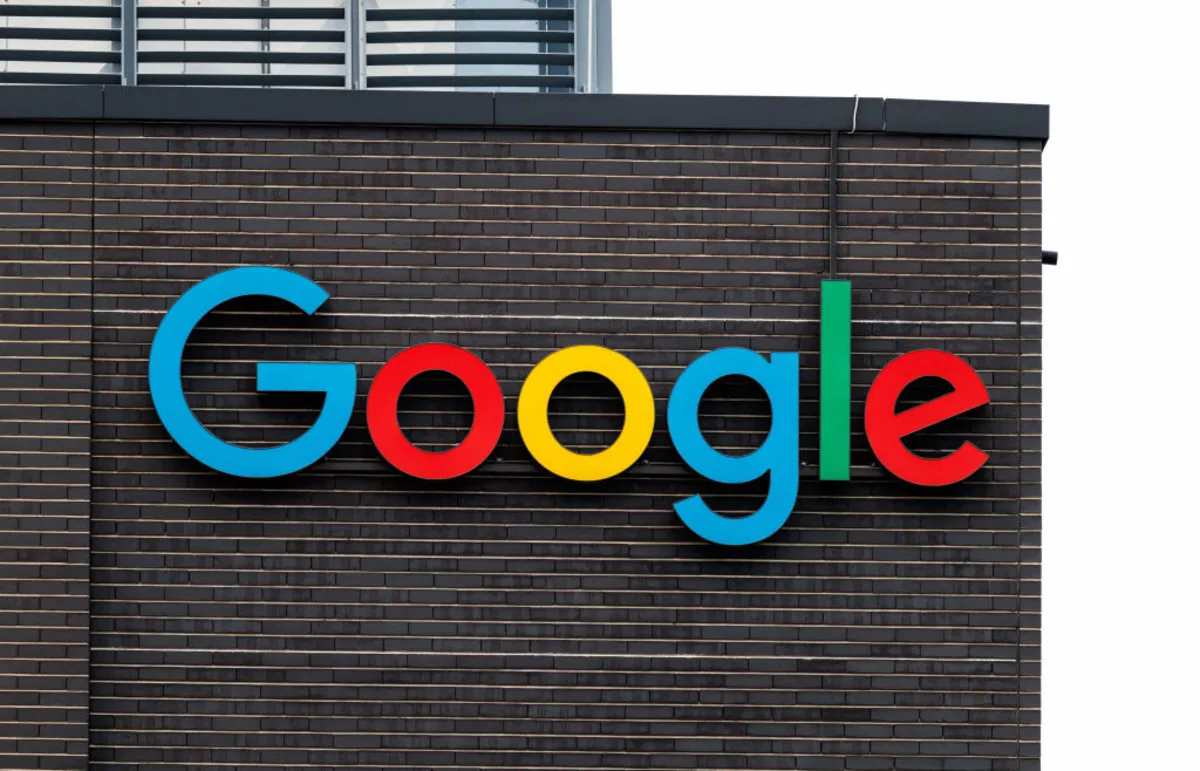
Recently, users on social media have uncovered a controversial use case for Google’s new Gemini AI model: the ability to remove watermarks from images. This includes images published by prestigious stock media companies like Getty Images. The discovery has sparked significant discussion regarding the ethical implications of such technology.
Last week, Google expanded access to its Gemini 2.0 Flash model, which includes an image generation feature that allows the model to natively create and edit visual content. This powerful capability has been widely acknowledged, but it also raises concerns due to its apparent lack of restrictions. The Gemini 2.0 Flash model can generate images of celebrities and copyrighted characters, and as previously mentioned, it can effectively remove watermarks from existing photos.
Several users on platforms like X and Reddit have pointed out that Gemini 2.0 Flash does not merely eliminate watermarks but also attempts to fill in any gaps left by the watermark’s removal. While other AI-powered tools offer similar functions, Gemini 2.0 Flash stands out for its exceptional proficiency—and the fact that it is free to use. However, it’s important to note that this feature is currently labeled as “experimental” and “not for production use.” At this time, it is only accessible through Google’s developer-facing tools such as AI Studio.
Despite its capabilities, Gemini 2.0 Flash is not a perfect solution for watermark removal. The model appears to struggle with certain semi-transparent watermarks and those that cover large portions of images. Consequently, some copyright holders are likely to express concerns about the model’s lack of usage restrictions, which could lead to potential legal issues.
In contrast to Gemini 2.0 Flash, other AI models such as Anthropic’s Claude 3.7 Sonnet and OpenAI’s GPT-4o explicitly refuse to remove watermarks, with Claude labeling this practice as “unethical and potentially illegal.” Under U.S. copyright law, removing a watermark without the original owner’s consent can be considered illegal, except in rare circumstances. Law firms specializing in copyright issues have emphasized the need for caution in this area.
As technology evolves, tools like Google’s Gemini 2.0 Flash model present both exciting opportunities and significant ethical dilemmas. While the ability to generate and edit images can foster creativity, the potential for misuse—such as unauthorized watermark removal—raises serious questions about copyright and ethical standards in the digital age. Google has yet to respond to inquiries regarding this issue, leaving users and copyright holders to navigate these complex waters.